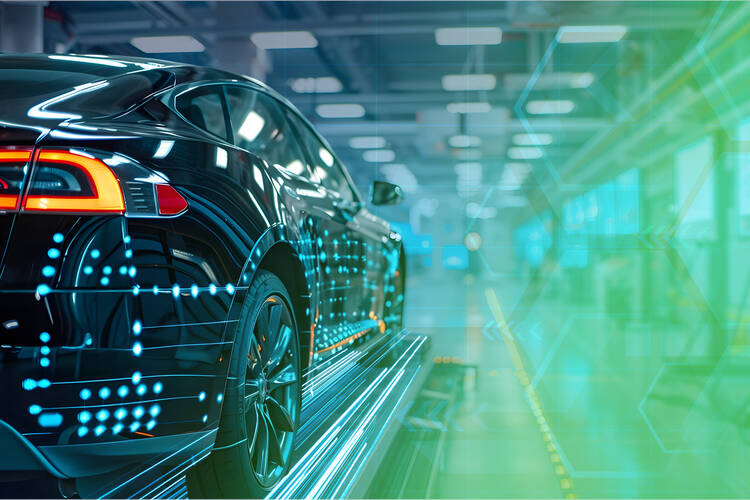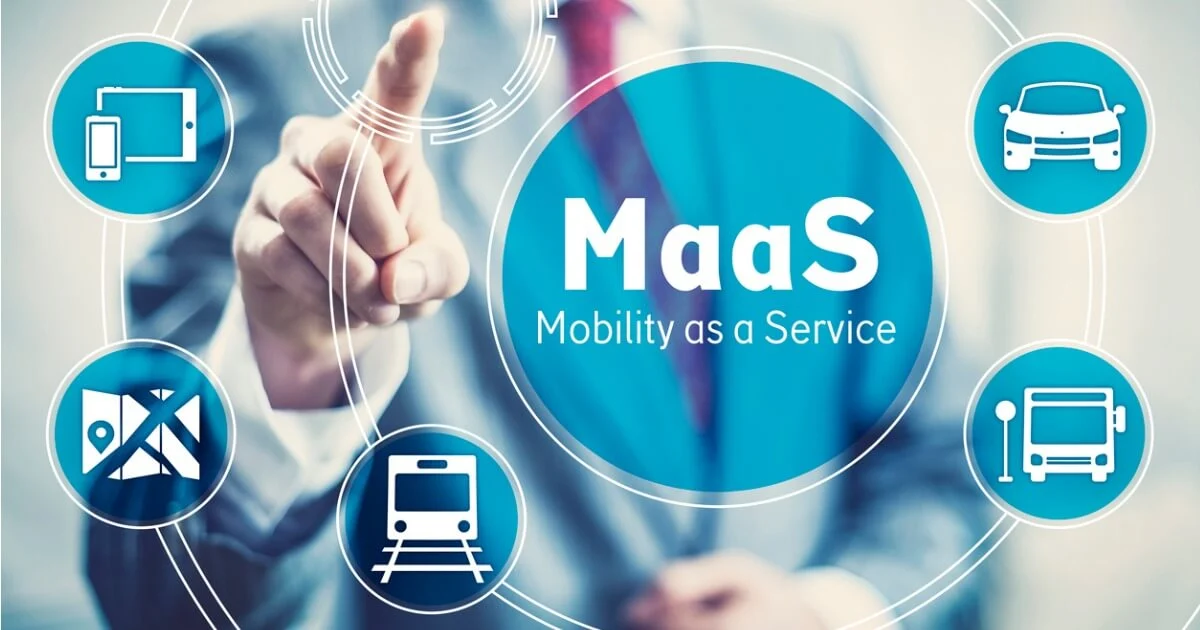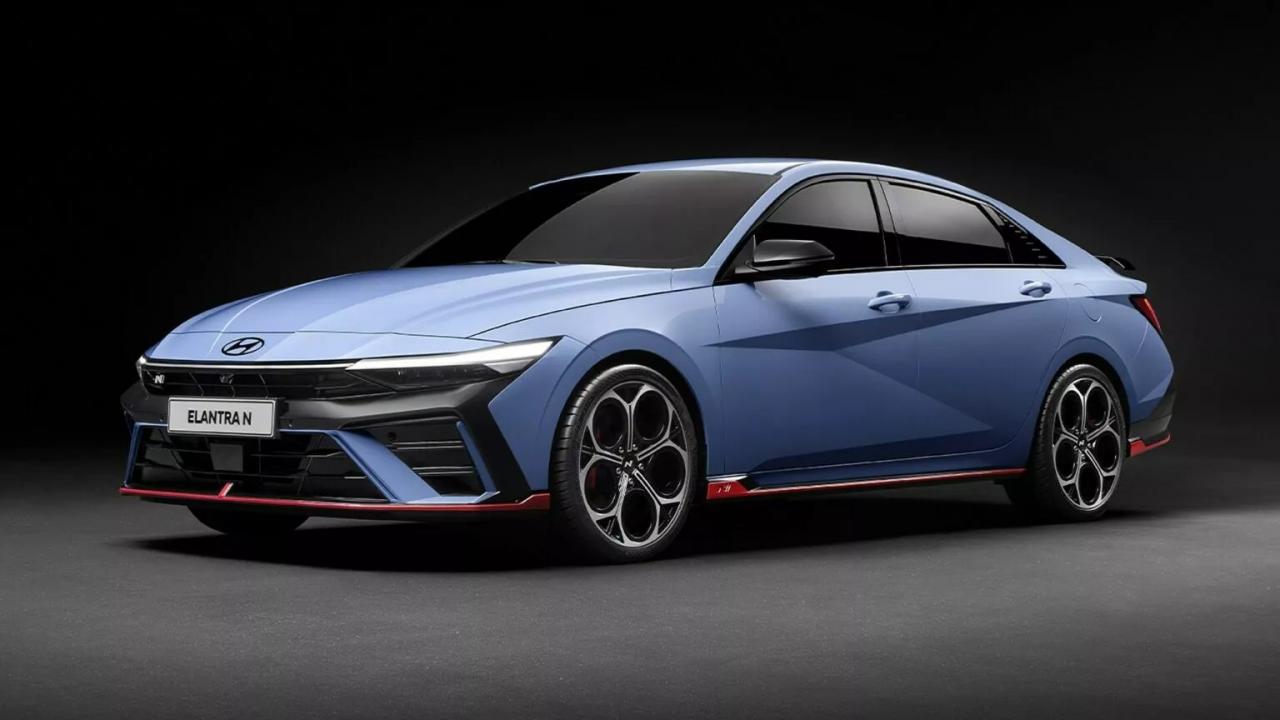In 2025, in-car connectivity is no longer a luxury but a necessity. As vehicles become more intelligent and interconnected, the demand for advanced connectivity features is skyrocketing. At TrendingMotor, we explore how in-car connectivity is revolutionizing the driving experience, enhancing safety, and reshaping the automotive industry.
What is In-Car Connectivity? – TrendingMotor Insight
In-car connectivity refers to the integration of communication technologies within a vehicle, enabling seamless interaction between the driver, passengers, and the digital ecosystem. It includes:
- Infotainment Systems: Providing entertainment, navigation, and communication through integrated touchscreens and voice assistants.
- Smartphone Integration: Syncing smartphones with the vehicle for hands-free calling, messaging, and app access.
- Internet of Things (IoT) Integration: Connecting vehicles to smart devices, homes, and city infrastructure.
- Vehicle-to-Everything (V2X) Communication: Enabling communication between vehicles, infrastructure, pedestrians, and the cloud.
TrendingMotor explains how these technologies enhance user experience and pave the way for the future of connected mobility.
Key Drivers of In-Car Connectivity in 2025 – TrendingMotor Analysis
Several factors are driving the growth of in-car connectivity in 2025:
- Consumer Demand for Digital Experience: Consumers expect seamless digital experiences in vehicles, similar to smartphones and smart homes.
- Safety and Security Requirements: Advanced driver-assistance systems (ADAS) rely on connectivity for real-time data processing and safety features.
- Growth of Autonomous Vehicles: Autonomous vehicles require high-level connectivity for navigation, communication, and safety.
- 5G Technology Integration: 5G networks provide faster and more reliable connectivity, enabling real-time communication and data processing.
- Vehicle Personalization: In-car connectivity allows users to personalize their driving experience, including entertainment, navigation, and climate control.
TrendingMotor explores how these factors are influencing the development of connected vehicles.
Top In-Car Connectivity Features in 2025 – TrendingMotor Highlights
In 2025, the most popular in-car connectivity features include:
- Voice Assistants: Integration of voice assistants like Amazon Alexa, Google Assistant, and Apple Siri for hands-free control.
- Augmented Reality (AR) Navigation: Real-time AR navigation overlays for enhanced driving assistance.
- Over-the-Air (OTA) Updates: Seamless software updates for infotainment systems, navigation, and safety features.
- Vehicle-to-Cloud Communication: Real-time communication with cloud servers for data synchronization and predictive maintenance.
- In-Car Payments: Contactless payments for fuel, parking, tolls, and e-commerce directly from the vehicle’s dashboard.
- Advanced Infotainment Systems: Personalized entertainment options, including streaming services, gaming, and social media integration.
TrendingMotor showcases these advanced features and their impact on the driving experience.
Leading Automakers in In-Car Connectivity – TrendingMotor Review
Several automakers are leading the in-car connectivity revolution:
- Tesla: Tesla’s infotainment system offers seamless OTA updates, real-time navigation, and integrated streaming services.
- BMW: BMW’s iDrive system provides personalized digital experiences with voice control and gesture recognition.
- Mercedes-Benz: The MBUX system integrates voice assistants, AR navigation, and connected services for an immersive experience.
- Audi: Audi’s Virtual Cockpit offers high-resolution displays, AR navigation, and cloud connectivity.
- General Motors: GM’s OnStar system enables advanced safety features, remote diagnostics, and in-car payments.
TrendingMotor explores how these automakers are setting new standards for in-car connectivity.
The Role of 5G in In-Car Connectivity – TrendingMotor Explains
5G technology is a game-changer for in-car connectivity:
- High-Speed Connectivity: 5G provides faster internet speeds, enabling real-time communication and data processing.
- Low Latency: 5G reduces latency, ensuring seamless communication between vehicles and infrastructure.
- Enhanced Safety Features: Real-time data transmission enhances ADAS features like collision avoidance and lane-keeping assist.
- Autonomous Driving Support: 5G enables vehicle-to-everything (V2X) communication, essential for autonomous driving.
- Streaming and Entertainment: High-speed 5G networks support high-definition streaming and gaming experiences in vehicles.
TrendingMotor explores how 5G is revolutionizing in-car connectivity and paving the way for autonomous vehicles.
Challenges and Concerns – TrendingMotor Insight
Despite its advantages, in-car connectivity faces several challenges:
- Data Privacy and Security: Connected vehicles collect vast amounts of user data, raising privacy and cybersecurity concerns.
- High Implementation Costs: Advanced connectivity systems are expensive, impacting vehicle affordability.
- Compatibility Issues: Ensuring compatibility across different platforms, devices, and operating systems is challenging.
- Infrastructure Limitations: Reliable connectivity requires robust infrastructure, which may not be available in rural areas.
- Driver Distraction: Advanced infotainment systems can potentially distract drivers, affecting road safety.
TrendingMotor provides an in-depth analysis of these challenges and possible solutions.
Future Trends in In-Car Connectivity – TrendingMotor Forecast
The future of in-car connectivity is exciting, with trends like:
- Vehicle-to-Everything (V2X) Communication: Real-time communication between vehicles, pedestrians, infrastructure, and cloud servers.
- Smart Home Integration: Connecting vehicles to smart homes for remote control of appliances, security, and lighting.
- Personalized User Experiences: AI-driven personalization, including customized entertainment, navigation, and climate control settings.
- Augmented Reality (AR) Windshields: AR windshields provide real-time navigation, safety alerts, and enhanced driving assistance.
- Blockchain Technology: Using blockchain for secure data sharing, digital wallets, and payment authentication.
TrendingMotor explores how these trends are shaping the future of connected vehicles.
Impact on the Automotive Industry – TrendingMotor Analysis
In-car connectivity is significantly impacting the automotive industry:
- New Revenue Streams: Automakers are generating revenue from connected services, subscriptions, and in-car purchases.
- Collaborations with Tech Giants: Partnerships with tech companies like Google, Apple, and Amazon are driving innovation.
- Enhanced Customer Experience: Personalized digital experiences and connected services enhance customer satisfaction and loyalty.
- Smart City Integration: Connected vehicles are contributing to the development of smart cities, enabling seamless mobility.
- Redefining Car Ownership: Connected vehicles support shared mobility, ride-hailing, and subscription models.
TrendingMotor analyzes how in-car connectivity is redefining the automotive industry.
Conclusion – TrendingMotor Recap
In 2025, in-car connectivity is revolutionizing the driving experience by enhancing safety, entertainment, and user personalization. With the integration of 5G technology, AI-powered voice assistants, and augmented reality navigation, connected vehicles are becoming smarter and more efficient.
However, challenges like data privacy, high implementation costs, and compatibility issues need to be addressed. As technology continues to evolve, in-car connectivity will play a pivotal role in the future of mobility, enabling autonomous driving, smart city integration, and personalized user experiences.
TrendingMotor keeps you updated on the latest trends, features, and innovations in in-car connectivity. Stay tuned for more exclusive insights!
Stay Updated with TrendingMotor
For the latest updates on in-car connectivity, connected vehicles, and other automotive trends, follow TrendingMotor. Share this article with fellow car enthusiasts and join the conversation on how in-car connectivity is transforming the automotive industry.



